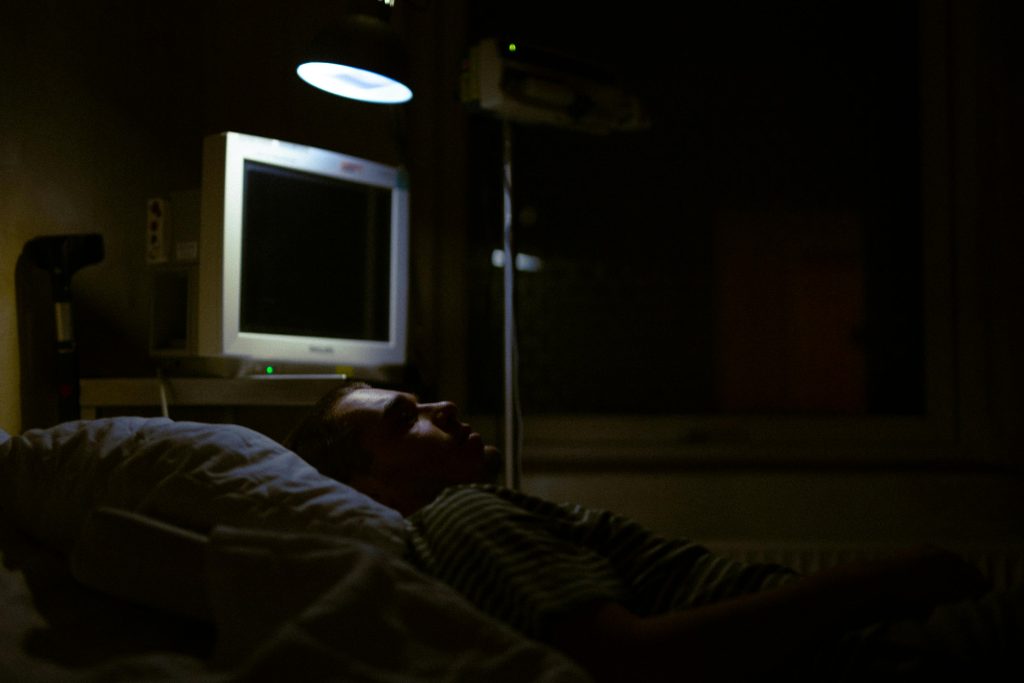Understanding and Addressing Repeated BIOS Beeping and Startup Issues in Your PC
Are you experiencing a series of beep codes during your PC’s startup process? If your computer emits four beeps—comprising one long beep followed by three short ones—before successfully booting up, you might be wondering whether this pattern indicates a deeper issue. This article aims to shed light on common causes of such behavior, particularly those related to motherboard and RAM status, and provide guidance on troubleshooting steps to ensure your system remains healthy.
Recognizing the Beep Codes: What Do They Mean?
Beep codes are diagnostic signals interpreted by your motherboard’s BIOS to indicate hardware issues during the POST (Power-On Self-Test). The pattern you described—one long beep followed by three short beeps—is typically associated with certain hardware diagnostic messages. While the specific meaning can vary depending on your BIOS manufacturer (e.g., AMI, Award, or Phoenix BIOS), common interpretations include:
- RAM problems or improperly seated memory modules
- Motherboard faults
- BIOS configuration issues
Given that your system eventually boots successfully and functions normally afterward, these beep codes are often a sign of minor hardware recognition or initialization hiccups rather than critical failures.
Context and Recent Activities
Your experiences have closely coincided with physical interactions such as cleaning dust from your PC and moving the hardware. These activities can inadvertently loosen connections or affect hardware components, potentially causing transient issues. For example:
- Dust accumulation can lead to overheating if not properly cleaned
- Moving components might slightly shift RAM modules or connections, triggering diagnostic signals
- Opening the case may temporarily disrupt hardware contacts
Given these factors, it’s reasonable to consider that the beeping episodes are related to minor hardware adjustments or dust-related issues.
Practical Troubleshooting Steps
While you’ve expressed a desire to avoid manual hardware interventions, there are some straightforward and low-risk steps you can try:
-
Check External Connections: Ensure all power cables and peripherals are securely connected. Sometimes, loose cables can cause startup irregularities.
-
Inspect RAM Modules:
- If comfortable, power down your PC and unplug it from the power source.
- Open the case carefully.
- Gently reseat the RAM modules by removing and reinserting them fully into their slots.
-
If you have multiple modules, try booting with one module at a time to identify if a particular stick is causing issues.
-
Clean Internal Components: Use canned compressed air to remove dust from
Share this content:



